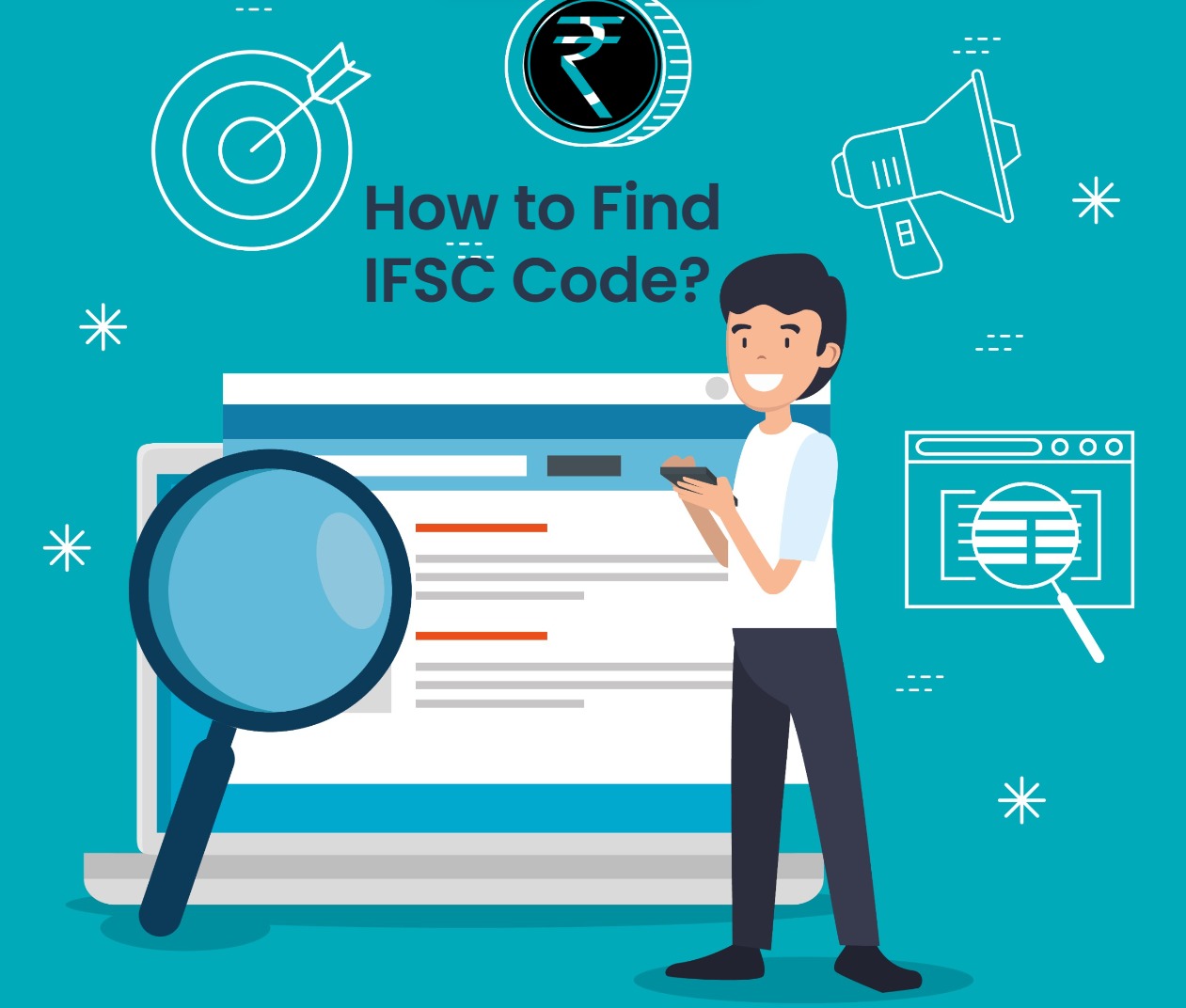Introduction
One of the most crucial aspects of our nation is the Indian financial industry. The country’s financial market is expanding in large part because of the banking sector.
We all understand that the government’s digitalization of the banking industry is helping and offering the public priority in these emerging areas.
However, do you know? You need an IFSC code whether you write a cheque or wish to transfer money to someone else. Right?
Do you know what this phrase means?
perhaps not
Be at ease, though! You will learn all there is to know about the IFSC Code and the need for it in this article. So let’s plunge into the IFSC Code sea.
The Indian Financial System Identification (IFSC) is a unique 11-digit alphanumeric identifier that the bank must retain for each of its branches. The country’s central bank, the RBI, registered this code and distributed it to all bank branches across the nation.
The bank branches can carry out their transactions successfully and efficiently because of the IFSC code. Here are a few services that need an IFSC code: RTGS, IMPS, NEFT, and phone-based online money transfers.
In order to maintain track of each bank’s financial transaction, the RBI issues IFSC codes to bank branches.
This enables the RBI to monitor and control all online and electronic transactions that take place both inside and outside of bank branches.
The fact that two comparable branches cannot share the same IFSC Code enables them to make financial transactions without making a mistake. As a consequence, this special code facilitates efficient money transfers between two bank offices.
How do I find the IFSC Code for my bank account?
You don’t need to worry in the least if you are looking for the IFSC code or are unsure about the IFSC code for your bank branch because it is quite simple to get the IFSC code, especially in this digital age. From your smartphone, you merely need to make a few clicks to locate it.
One of the most popular IFSC Code Finder websites is Financial Code Finder, although Google will turn up a bunch of other results as well. There are a few other measures you may take to obtain your branch’s IFSC code, though, if you don’t have a smartphone, don’t know how to use the internet, or both.
To obtain your bank’s IFSC code, you must know the following two things:
(1) Bank Name
(2) Account Number
You may now comprehend how to obtain the IFSC code for your account number by using the example below:
Assume:
The Bank’s name is ICICI Bank.
The number is 00410123456.
Recommendation for reading: By IFSC Code, Find Bank Branch Information
Therefore, the following example of the IFSC Code might be used:
The first four characters stand in for the bank’s name (ICICI).
In every case, the fifth character is zero (0).
Your account number’s first four characters serve to identify the bank branch. (0041)
Since the bank’s branch is identified by the final six characters of the IFSC code, they will be (000041).
As a result, the IFSC code for your bank will be ICIC0000041.
Continue reading if you’re still confused about how to find the IFSC code for your account number. To find the IFSC and MICR codes of any bank, all you need to do is visit https://financialcodefinder.com/
How do I use IFSC Code?
The code serves as the bank branch’s unique identifier on the National Electronics Funds Transfer (NEFT) network.
This code is required for all online money transactions, including RTGS, NEFT, and Immediate Payment Service (IMPS). The first four letters of the IFSC are used to identify the bank. For instance, HDFC is the first letter of the IFSC for HDFC Bank. You may get the full address of your branch as well as the IFSC code for your branch on the website of your bank.
How do I find my 11 – digit IFSC Code?
The bank and bank branch are identified on the NEFT network by the central bank using the 11-digit IFSC code. The branch is represented by the last six digits of the IFSC code, whereas the fifth digit is always 0 for each bank and each branch. The bank is identified by the first four digits of the IFSC code. An IFSC code is necessary to facilitate money transfers via the NEFT, RTGS, and CFMS types of money transfer.
How to check branches using IFSC Code?
The first four digits of the IFSC, which are followed by a 0 (the fifth number), stand in for the bank’s name, while the following six digits stand in for the bank’s branch. The IFSC code is seen at the top of a cheque leaf along with the bank account number.
Winding Up
Now, from the above information we can conclude that online banking is made easier by these codes, which are decided by the RBI. Additionally, IFSC codes enable swift and secure bank transactions. Any of the methods outlined in this blog article can assist you in finding the IFSC code for a certain bank branch in a timely manner.

